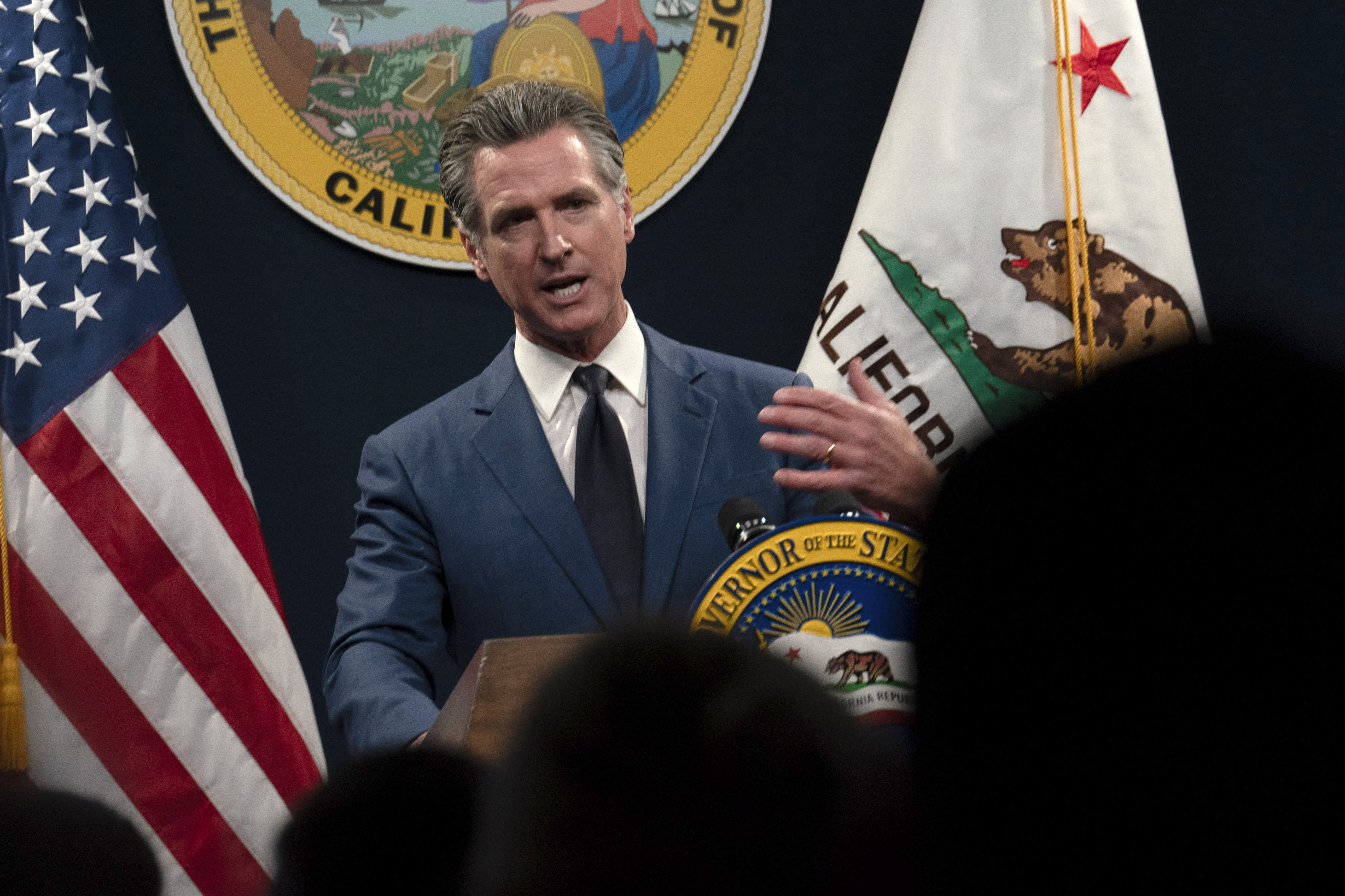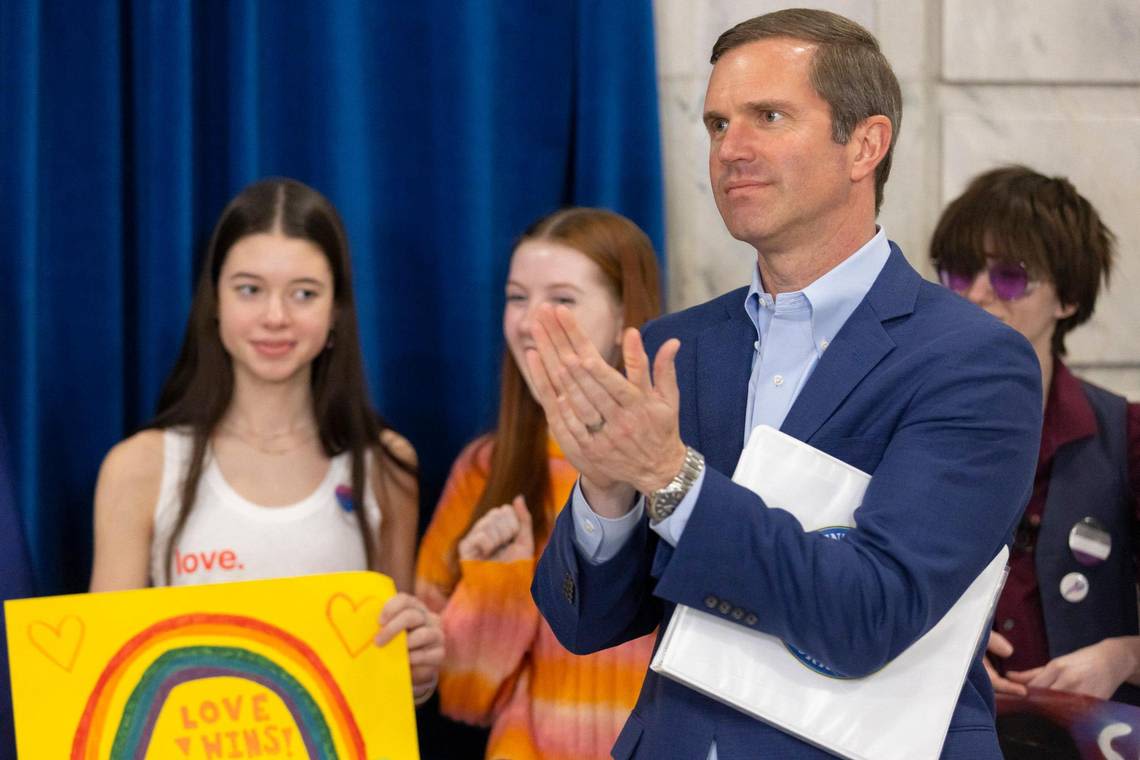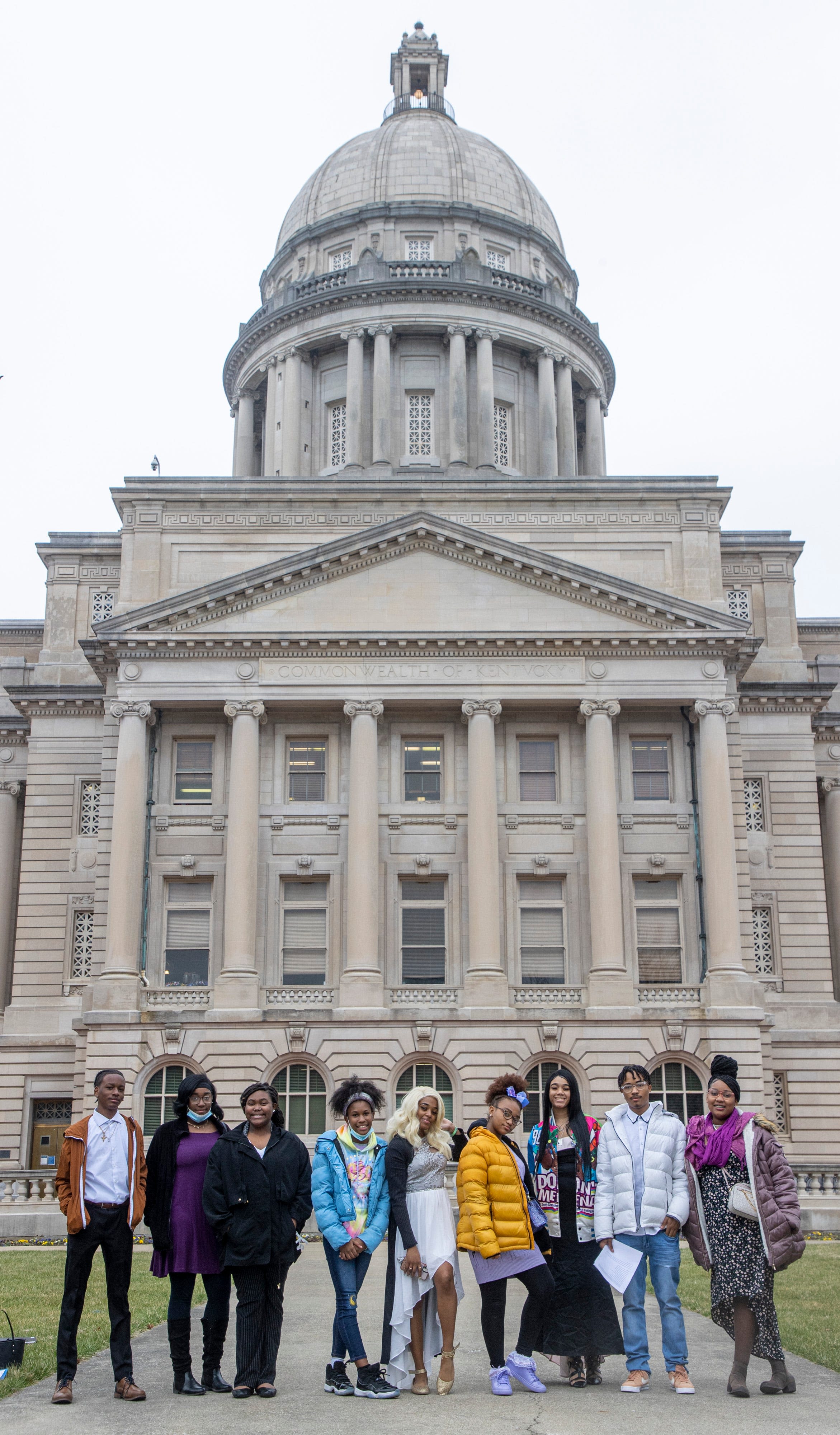Search results
The Power of Governors' Executive Orders. April 14, 2021 (4 min read) Download. STATE NET® THOUGHT LEADERSHIP SERIES. The Royal Power of Gubernatorial Executive Orders. State governors wield the power to set public policy without the involvement of the legislature through the use of executive orders.
2019 (Executive Orders Issued in 2019) ... Executive Office of Governor Ron DeSantis 400 S Monroe St Tallahassee, FL 32399 (850) 488-7146 Email Governor DeSantis
People also ask
What is an executive order?
What powers do governors have to issue executive orders?
Are executive orders a normal part of state policymaking?
Can a president override an executive order?
An executive order, also known as a proclamation, is a directive handed down directly from a president or governor (the executive branch of government) without input from the legislative or judicial branches. Executive orders can only be given to federal or state agencies, not to citizens, although citizens are indirectly affected by them.
An executive order is defined as a declaration by the president or a governor which has the force of law, usually based on existing statutory powers. Executive orders do not require any action by the Congress or state legislature to take effect, and the legislature cannot overturn it.
News about Arkansas, executive order, severe storms
News about Burgum, Gavin Newsom, executive order
News about Kentucky, Andy Beshear, Juneteenth
News about Greg Gianforte, Governor Gianforte, Critical infrastructure
- Qualifications
- Term Limits
- Vacancies/Succession
- Impeachment
- Approval of State Budgets and Appropriations
- Enactment of Legislation
- Veto Power
- Confirmation of Appointments
- Legislative Oversight
- Gubernatorial Appointments – Overview
States, commonwealths, and territories vary with respect to minimum age, U.S. citizenship, and state residency requirements for gubernatorial candidates and office holders. The minimum age requirement for Governors ranges from no formal provision to age 35. The requirement of U.S. citizenship for gubernatorial candidates ranges from no formal provi...
Gubernatorial terms are four years in every state, commonwealth, and territory, except for New Hampshire and Vermont which have two-year terms. All Governors, with the exception of Virginia’s, may succeed themselves, although they may be limited to a specific number of consecutive or total terms. For state by state information on gubernatorial qual...
In the event of a vacancy in office, the lieutenant Governor is the designated official who succeeds the Governor in 49 states and territories (in two of which—Tennessee and West Virginia—the president/speaker of the Senate and lieutenant Governor are one and the same). In the remaining 5 states and the Commonwealth of Puerto Rico, officials design...
All states except Oregon provide for the impeachment of Governors. As in the case of the federal government, the impeachment process starts with the lower body of the legislature and the trial is conducted by the upper body in every state but Alaska—where the process is reversed, and Nebraska, which has a unicameral legislature charged with the ful...
Governors develop and submit annual or biennial budgets for review and approval by the legislature. In a number of states, commonwealths, and territories, Governors also have “reduction”—most often referred to as “line-item”—veto power that can be used for the removal of appropriations to which they object. These tools allow Governors and their bud...
Governors often use State of the State messages to outline their legislative platforms, and many Governors prepare specific legislative proposals to be introduced on their behalf. In addition, state departments and agencies may pursue legislative initiatives with gubernatorial approval. Executive branch officials often are called to testify on legi...
All 50 state Governors have the power to veto whole legislative measures. In a large majority of states, a bill will become law unless it is vetoed by the Governor within a specified number of days, which vary among states. In a smaller number of states, bills will die (pocket veto) unless the Governor formally signs them, also within a specified n...
Many gubernatorial appointments require legislative confirmation. For additional information, see the Appointment Power section below as well as “Selected State Administrative Officials: Methods of Selection” (Table 4.10, The Book of the States 2021, source: The Council of State Governments).
Governors interact with their legislatures to help ensure that their priorities, goals, and accomplishments are accurately presented and positively received during oversight hearings and other legislative activities that address and evaluate executive branch implementation of legislatively mandated programs and services.
Most Governors have broad authority to nominate officials to serve in state executive branch positions—many of whom will be included in the Governor’s advisory committee, known as the “cabinet.” Governors may be empowered as well to make appointments to state judgeships. Frequently, these appointments are subject to confirmation by one or both hous...
Jan 23, 2017 · An executive order is a directive from the President that has much of the same power as a federal law. Several landmark moments in American history came about directly from the use of executive orders issued from the White House’s desk, including one Supreme Court decision that limited a presidential executive order issued by Harry Truman.
Executive Order Disposition Tables. The President of the United States manages the operations of the Executive branch of Government through Executive orders. After the President signs an Executive order, the White House sends it to the Office of the Federal Register (OFR). The OFR numbers each order consecutively as part of a...



